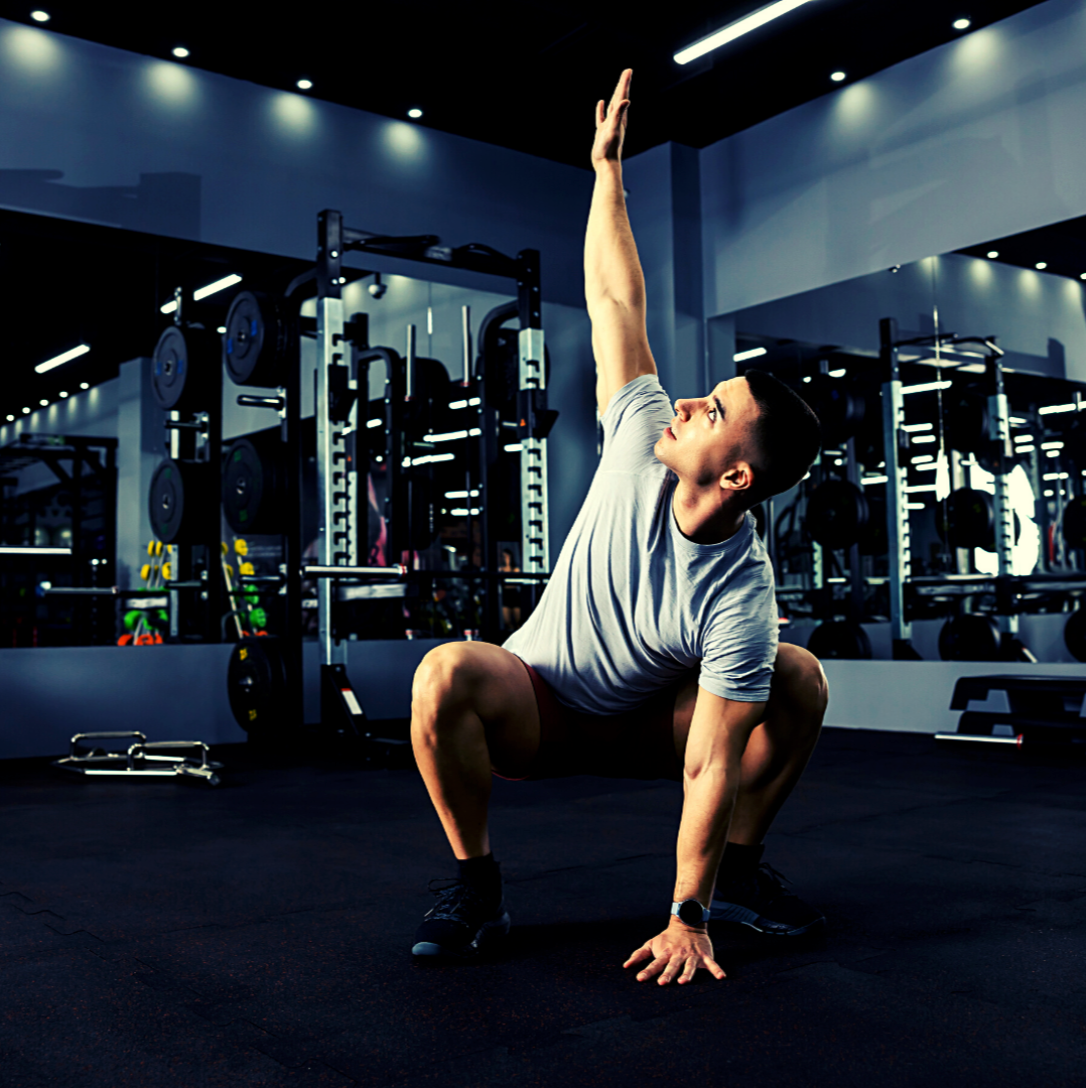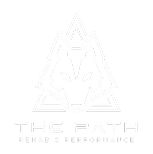The Importance Of A Deep Squat For Low Back Health

There are three main factors in achieving a deep squat and they all have to do with mobility. The hips, the knees, and the ankles. If one of these joints have limited mobility, your deep squat will be significantly reduced, thus reducing your functional range of motion which is so vitally therapeutic and important to utilize throughout your life. Think about it. Who do you think will have a greater chance of chronic low back pain when their 80? Patient A, who started training his ass to grass squat at 50 years of age, or patient B, who never spent any time utilizing these important ranges of motions. The expression use it or lose it clearly applies here.
The purpose of this blog is to advocate for using our bodies to a fuller potential than what society has us currently doing. You may ask, But Cody, when will I ever be doing an “ass to grass squat” in normal life?You won’t… usually. And that’s the problem. In order to maximize our longevity and low back health, we are required to break out of our current routine.
Now, I am not talking about strength training, powerlifting, CrossFit, etc. I’m simply talking about low back health. For strength or sport-specific training, specificity matters. If you train a shallow squat, you’ll get better at a shallow squat. If you train deep squat, you’ll improve your deep squat. But a very antiquated and still common belief amongst the general public is that deeper squatting causes increased risk for injury to your spine and knee joints. However, research has been shown that deep squatting does not contribute to injury risk.
In conclusion, for sport-specific training, find a squat depth that works for you. For generalized health and maintaining healthy joints, it is best to spend time in a deep squatting position. While you can’t start training your functional mobility too early, it’s also never too late to start. A deep squat is just one of many maneuvers that are beneficial for your health. If you are noticing tight hips, ankles, knees, or even low back, start training a deep squat! Or better yet, have a coach or a PT help you. While there are many causes for low back pain, mobility is usually one of the first ones to assess for and check off our list.
References:
- Eur J Appl Physiol. 2013 Aug;113(8):2133-42. doi: 10.1007/s00421-013-2642-7. Epub 2013 Apr 20. Effect of range of motion in heavy load squatting on muscle and tendon adaptations.
- Sports Med. 2013 Oct;43(10):993-1008. Analysis of the load on the knee joint and vertebral column with changes in squatting depth and weight load.
Sign up for our newsletter
Join our community and receive exclusive physical therapy insights, training strategies, and recovery techniques tailored for active people.
